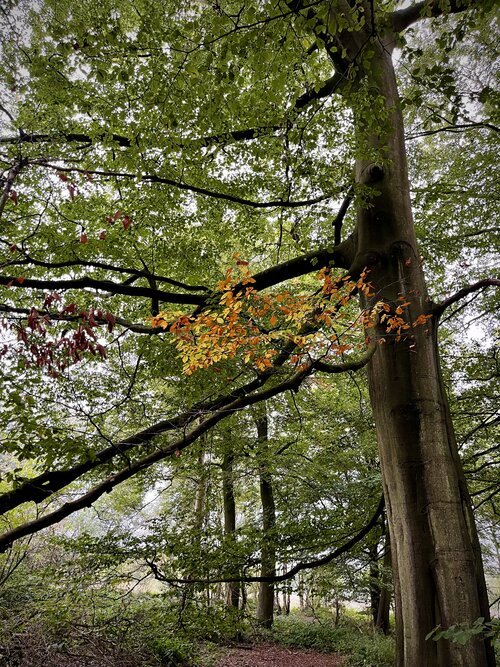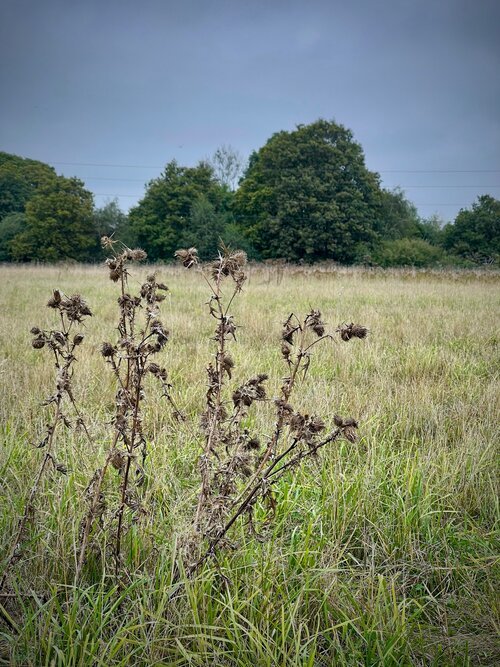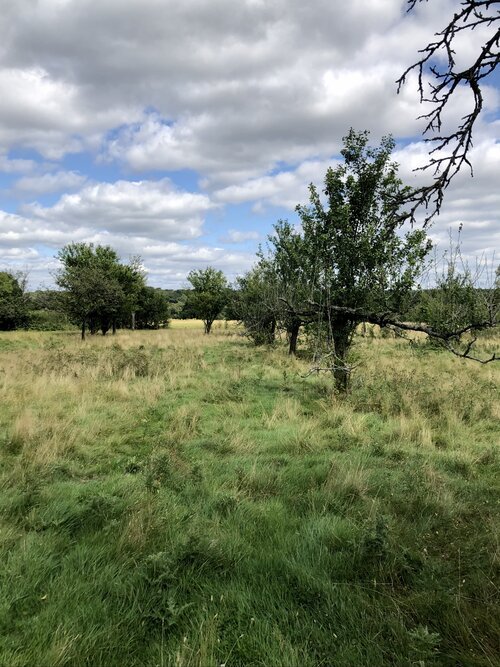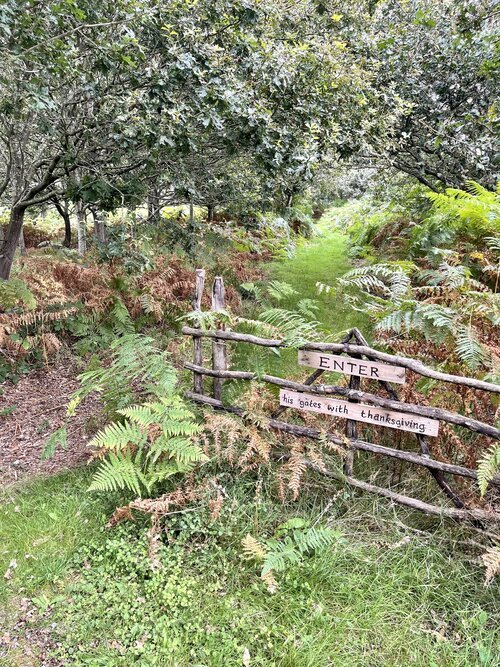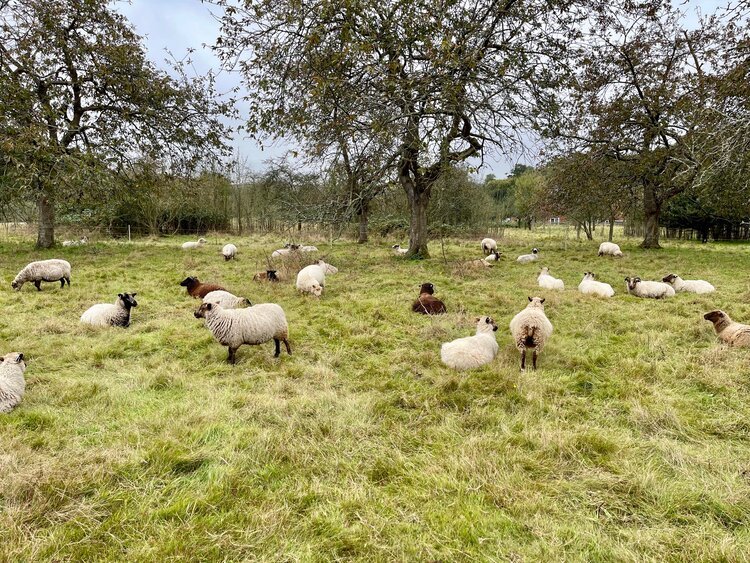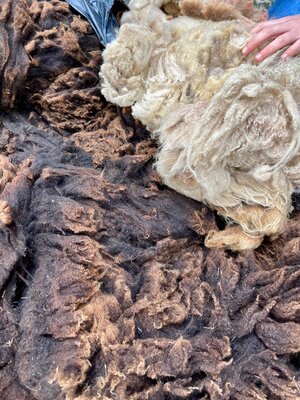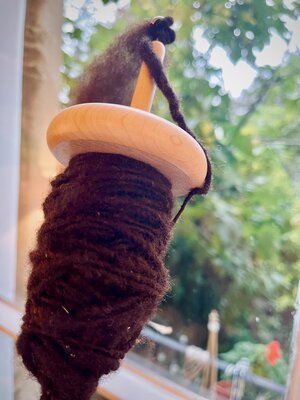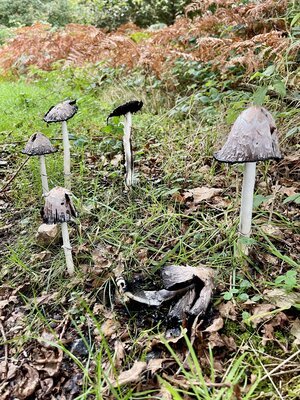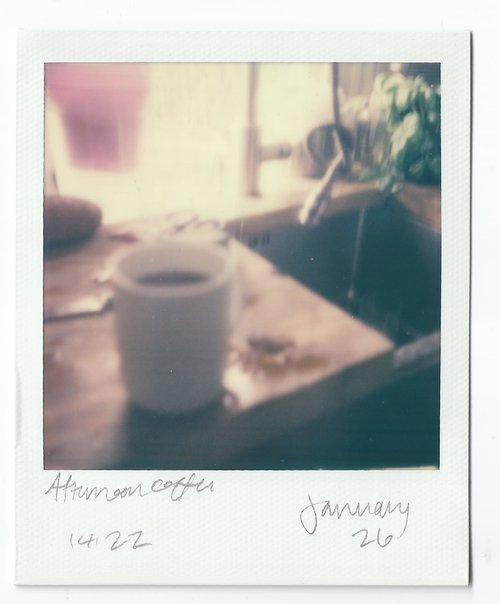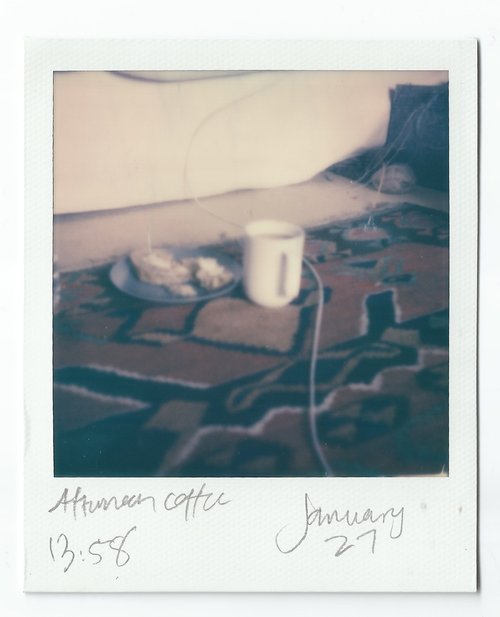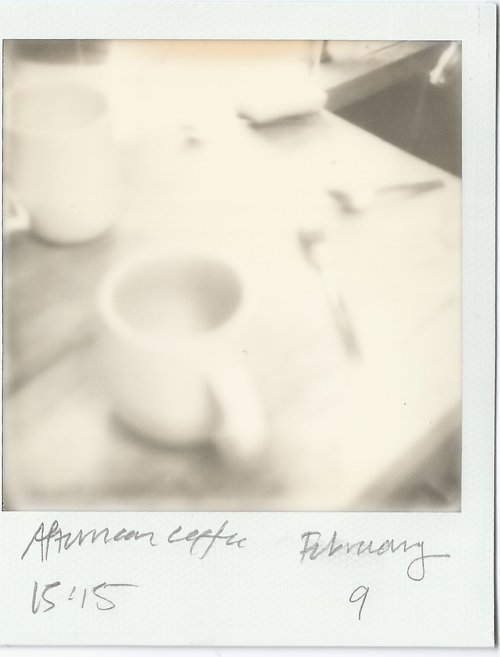Beginnings
I’m beginning this blog as a way to track my thoughts and works during my time as artist in residence at Latimer Minster. Some posts will be longer explorations of art and theology, and others will be short snippets of current work and happenings around the Minster.
Starting by acquainting myself with the land and the various animals, plants, and people that make up Latimer Minster and Stampwell Farm, I am inspired by the conservation efforts at the farm and the history of the land itself.
As part of carving out a role for myself here and planning for the year ahead, I have chosen to focus on creating works using the specific materials available from the land. So far, I’m learning to spin yarn from the fleece of the sheep living here and have started to make ink from mushrooms I collected on the farm. I am slowly learning about the farm and the history of the land, as well as the vision of the Minster. I learn by doing, by creating.
As part of my time as artist in residence, I will explore further some of the ideas that emerged through my doctoral research. Namely, the roles of place, material, and rhythm as expressions of belonging and identity through the creation of artworks.
Firstly, I will look more closely at the importance of location. A sense of place and location is of concern both in terms of grounding myself artistically as well as spiritually. We live our daily lives in the specificity of place, and it is by default an essential aspect of our understandings of identity, belonging, and how we relate to God.
Certain places are recognized by many as “holy sites” and others become holy on an individual level because they are places where we have encountered God in a personal way. Latimer Minster has been, and continues to be - both in my experience and others’ - such a place.
“Real sacramentality does not merely emphasize that we live in a graced world; but also reminds us that Christ died to redeem all places, all cultures, all nations. To hold to a view of the world where God becomes flesh is to acknowledge that God loves places, loves the particular. ”
— Leonard Hjalmarson, No Home Like Place
Secondly, I want to explore further the role of rhythm and ritual in belonging. One of the books I came across in my research was The Liturgy of the Ordinary by Tish Harrison Warren, where she describes the ways small daily actions form and shape us and inform our spirituality.
During my doctorate, I looked at the daily action of having my morning coffee as such a formative moment. It is how I always start my day, and often when I spent time reading scripture and praying. Though drinking coffee appears somewhat mundane, in the pattern of my life, these morning cups of coffee have become something else entirely.
I want to take this idea and push it further by learning about the liturgy of the farm. How we can and do learn through the small daily things: the habits of the land of the animals, the plants that grow in particular seasons, etc. My work will examine how both daily rhythms and the cycle of the seasons affect and reflect the experience of spiritual life.
“In my daily life, I find moments of sanctuary, moments when wonder scoots up next to me with a nudge. I remember how well I’m provided for. This quiet moment with my cup of tea is a moment of sanctuary in every sense – a haven of beauty and a place of worship. The steam warms my face like incense. ”
— Tish Harrison Warren, Liturgy of the Ordinary
[Brief introduction to me]
I was raised on the Gulf Coast of the United States, in a small Alabama town. As was typical for small towns in the Bible Belt of America, I grew up in a Christian family that attended church every week. My family were members at the slightly less common Anglican church that was an unusual blend of high church liturgy with charismatic worship, teaching me both the comfort of liturgy and the power of spiritual experience.
My parents instilled a deep faith in God in me from an early age. My mother taught me a love of art and of prayer. My father taught me a love of learning and of sacrament.
I attended university at a small Christian Liberal Arts College in New England, where I had the opportunity to explore my faith in a slightly different cultural context than my small town. It was here that I first began to really explore the deep connection between art and theology. As a double major, I completed two Honours Thesis projects: a written dissertation for the History department and an exhibition for the Art department. I chose to do both projects on the same subject; and wrote about early monasticism in the British Isles, looking specifically at book production and the Liturgy of the Hours. I created a personal book of hours using traditional materials and experimented with keeping the monastic hours.
After the completion of my Bachelor’s degree, I moved to Oxford to study for a Certificate in Theological and Pastoral Studies at Wycliffe Hall, Oxford University. After this, I turned to focus more on my artistic career, and completed an MA in Contemporary Art where my final project explored coffee houses and the communities that form around them. This project led directly into a doctorate in Art Research, and in November 2020, I was awarded a PhD in Practice-Based Research from the School of Art at Oxford Brookes University.
My doctoral thesis explored notions of home and the overlap of ritual and personal spirituality in the creation of a sense of belonging. As a practice-based research degree, I created work in the studio in such a way to generate knowledge. Through the use of drawing, printmaking, gilding, and photography, I explored the ways in which personal faith and small daily actions can create a sense of home. [see this work here]

